Apple is starting to sell the new iPhone 11 today, and I happened to be lucky enough to get a first-hand look at the phones. Specifically, I got my hands on the iPhone 11 and iPhone 11 Pro Max. In the following lines, I will summarize how the phone feels in the hand after a few minutes of use. During today, and also tomorrow, you can look forward to more extensive first impressions, unboxing and, above all, a photo test.
Specifically, I was able to test the iPhone 11 in black and the iPhone 11 Pro Max in the new midnight green design.
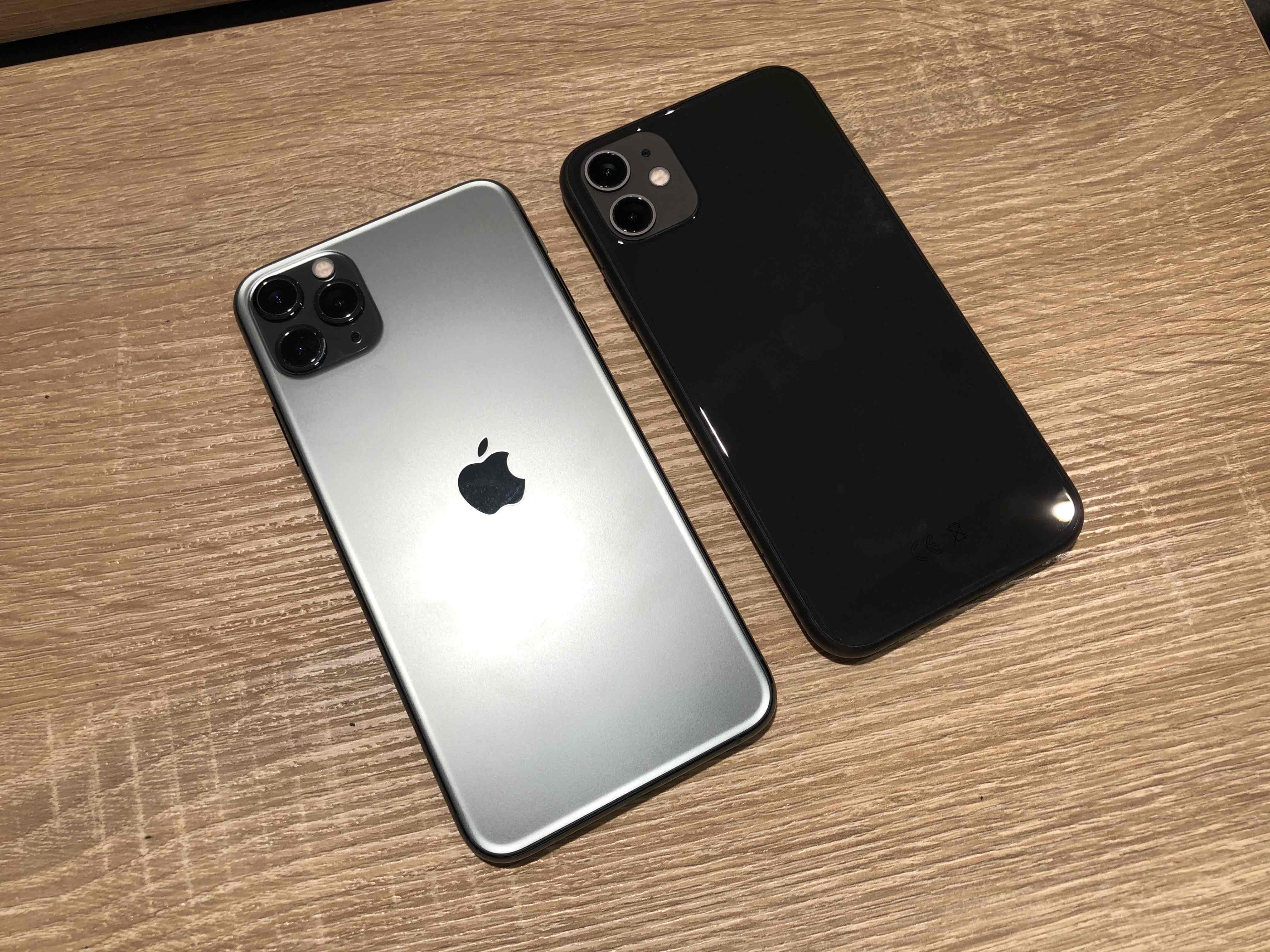
Focusing specifically on the iPhone 11 Pro Max, I was primarily interested in how the matte finish of the glass on the back of the phone would work. Perhaps no author of a foreign review mentioned whether the phone is slippery (like the iPhone 7) or whether, on the contrary, it holds well in the hand (like the iPhone X/XS). The good news is that despite the matte back, the phone doesn't slip out of your hand. In addition, the back is no longer a magnet for fingerprints like in previous generations and looks practically always clean, which I can only praise. If we ignore the camera for a moment, then the back of the phone is really minimalistic, but in the case of models intended for the Czech and European markets, we can find homologation at the bottom edge, which phones from the USA, for example, do not have as standard.
Like the iPhone XS and iPhone X, the edges of the iPhone 11 Pro (Max) are made of stainless steel. Therefore, fingerprints and other dirt remain on them. On the other hand, thanks to them, the phone holds well, even in the case of the larger 6,5-inch model with the nickname Max.
The most controversial element of the iPhone 11 Pro (Max) is undoubtedly the triple camera. It should be noted, however, that the individual lenses are not actually as prominent as they appear from the product photos. This is probably due to the fact that the entire camera module is also slightly raised. Here I have to praise that the entire back is made of one piece of glass, which is noticeable in the overall design, and that's on the positive side.
I also briefly tested how the phone takes pictures. For a basic demonstration, I took three pictures in artificial light - from a telephoto lens, a wide lens and an ultra-wide lens. You can view them in the gallery below. You can expect a more extensive photo test, in which they will also test the new Night mode, in the course of tomorrow.
The new camera environment is also interesting, and I particularly appreciate that the phone finally uses the entire display area when taking photos. If you take photos with a standard wide-angle camera (11 mm) on the iPhone 26, then images are still taken in the 4:3 format, but you can also see what is happening outside the frame on the sides. Directly in the camera interface, it is then possible to choose that the images will be in 16:9 format and thus capture the scene as you see it on the entire display.
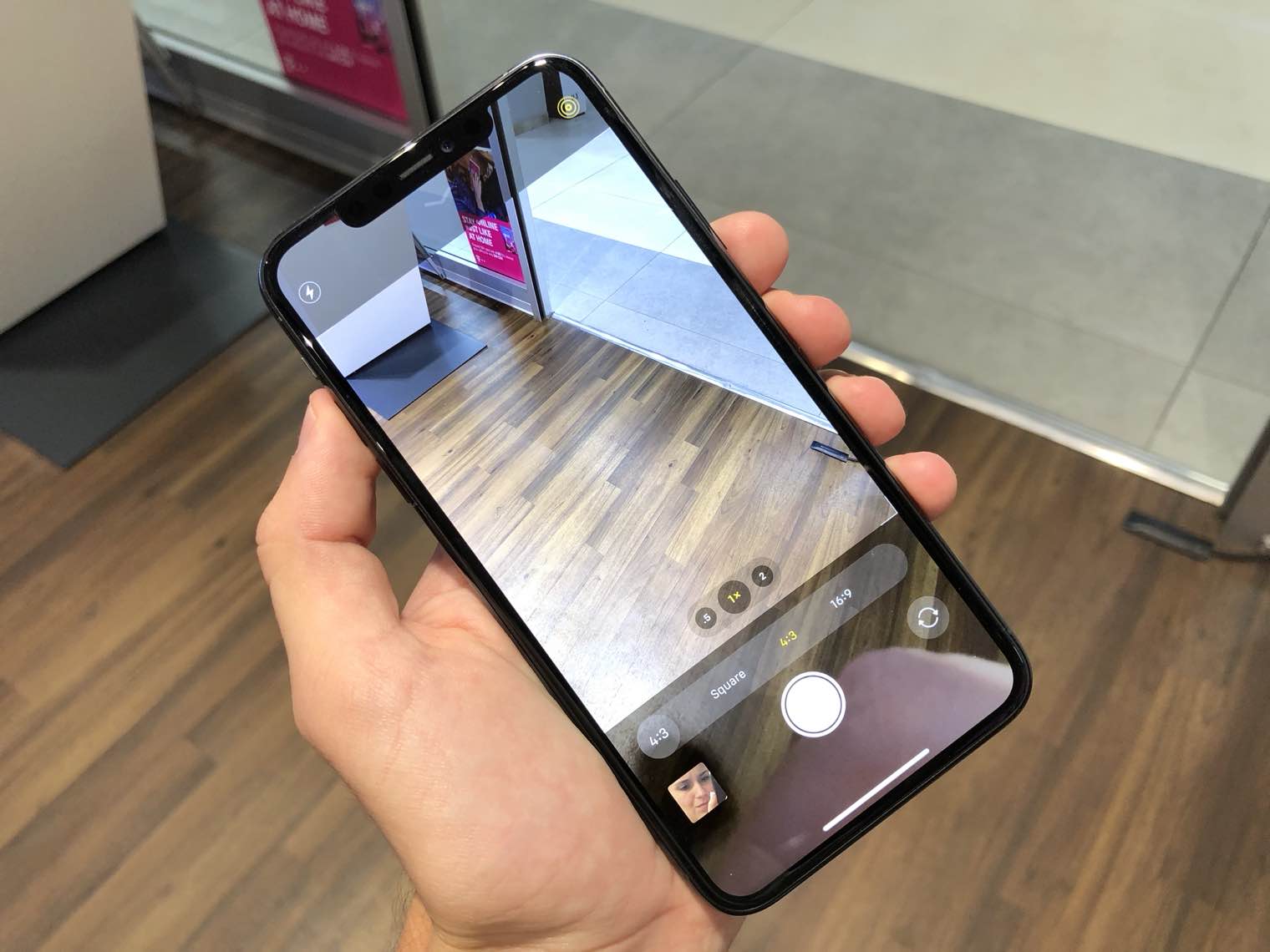
As for the cheaper iPhone 11, I was surprised by how prominent the entire camera module actually is. This is mainly due to the fact that it differs in color from the rest of the back - while the back is deep black and glossy, the module is space gray and matte. Especially with the black version of the phone, the difference is really noticeable, and I assume that the shades will be more coordinated with the other colors. Anyway, it's a bit of a shame, because I thought the black one was really good on last year's iPhone XR.
In other aspects of the design, the iPhone 11 is not very different from its predecessor iPhone XR - the back is still glossy glass, the edges are matte aluminum that glides in the hand, and the display still has slightly wider bezels than the more expensive OLED models. Of course, the LCD panel itself should be of even better quality, but I will allow myself to judge that until a direct comparison, i.e. the phone review itself.
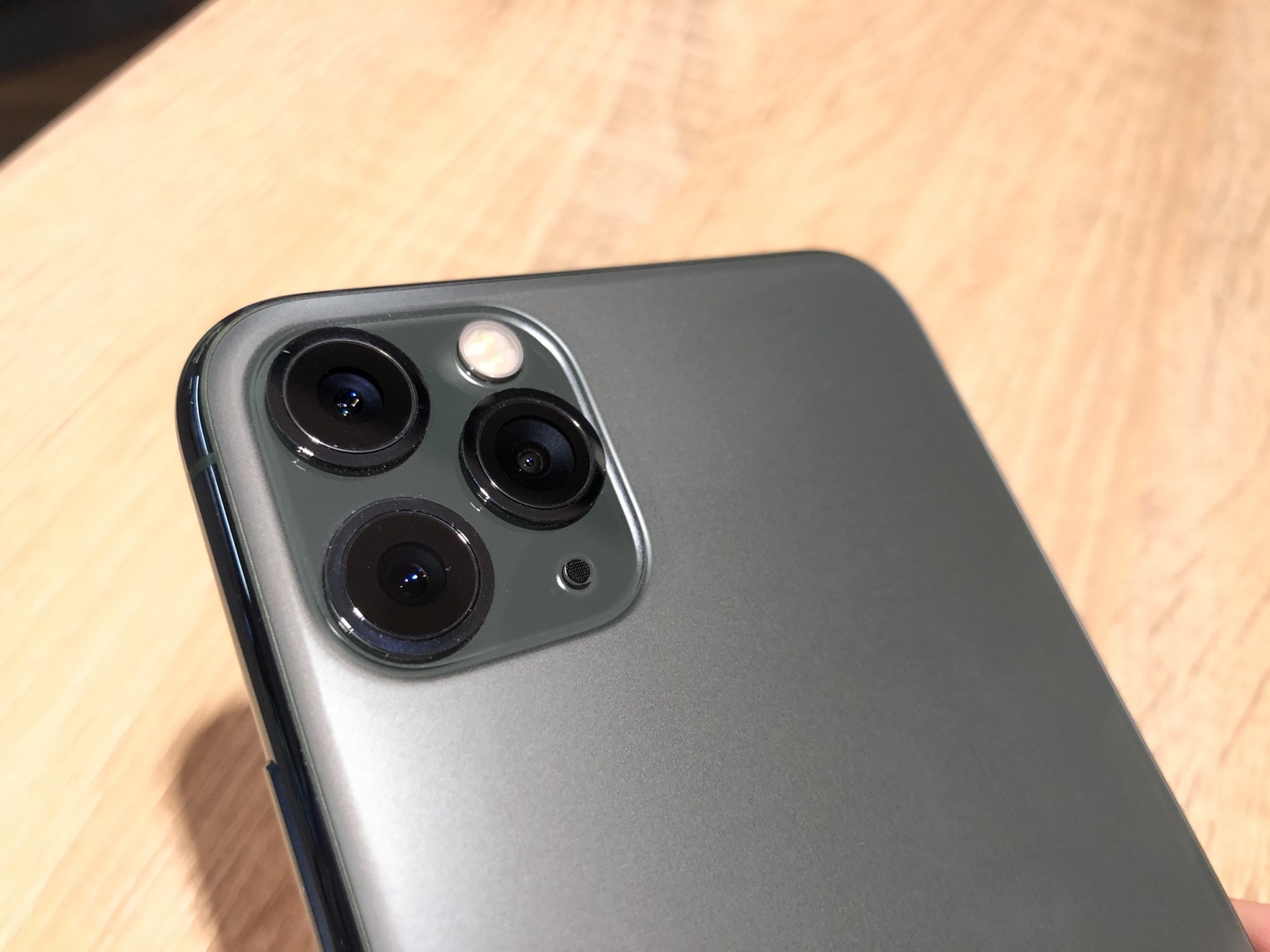
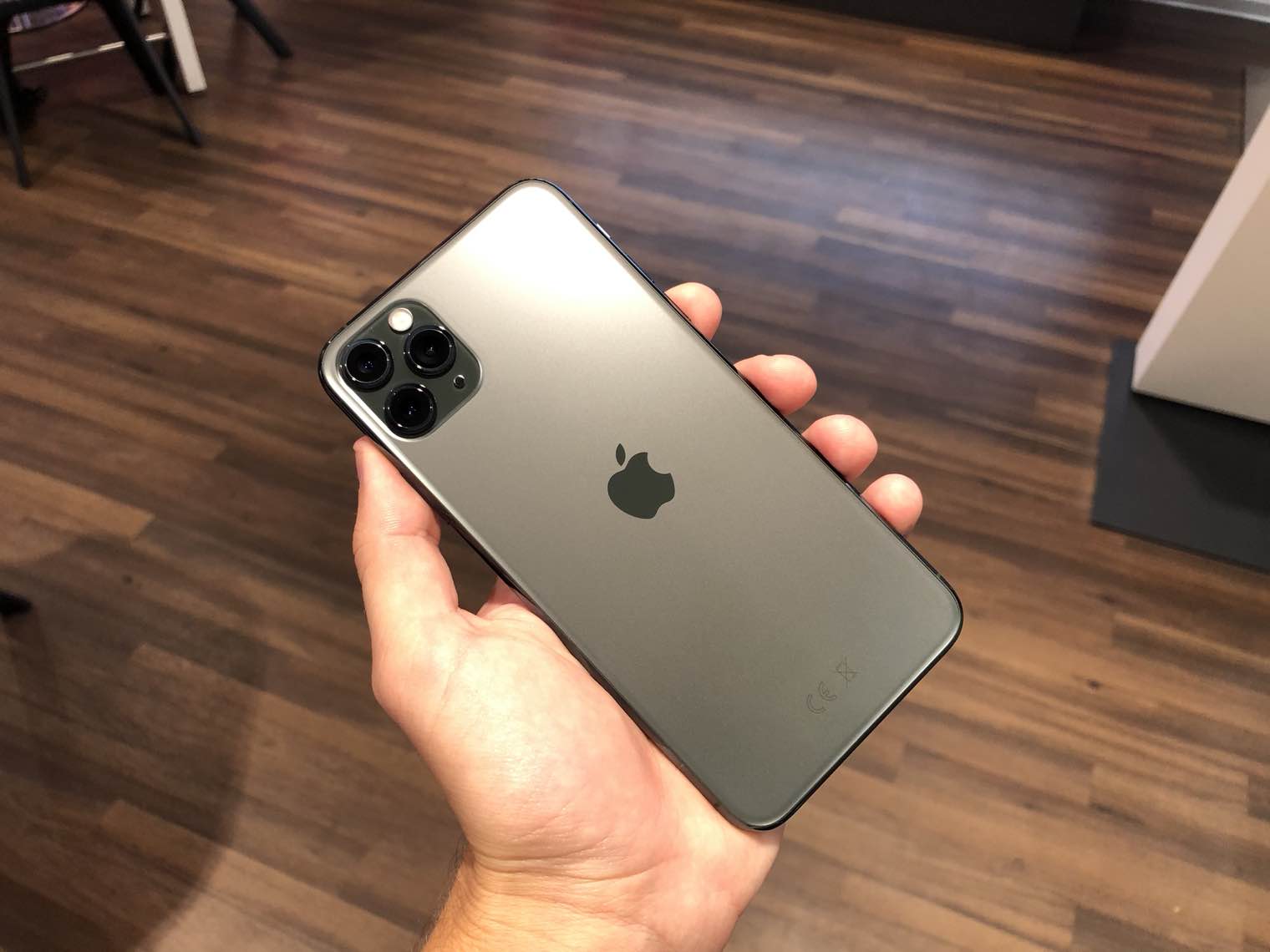
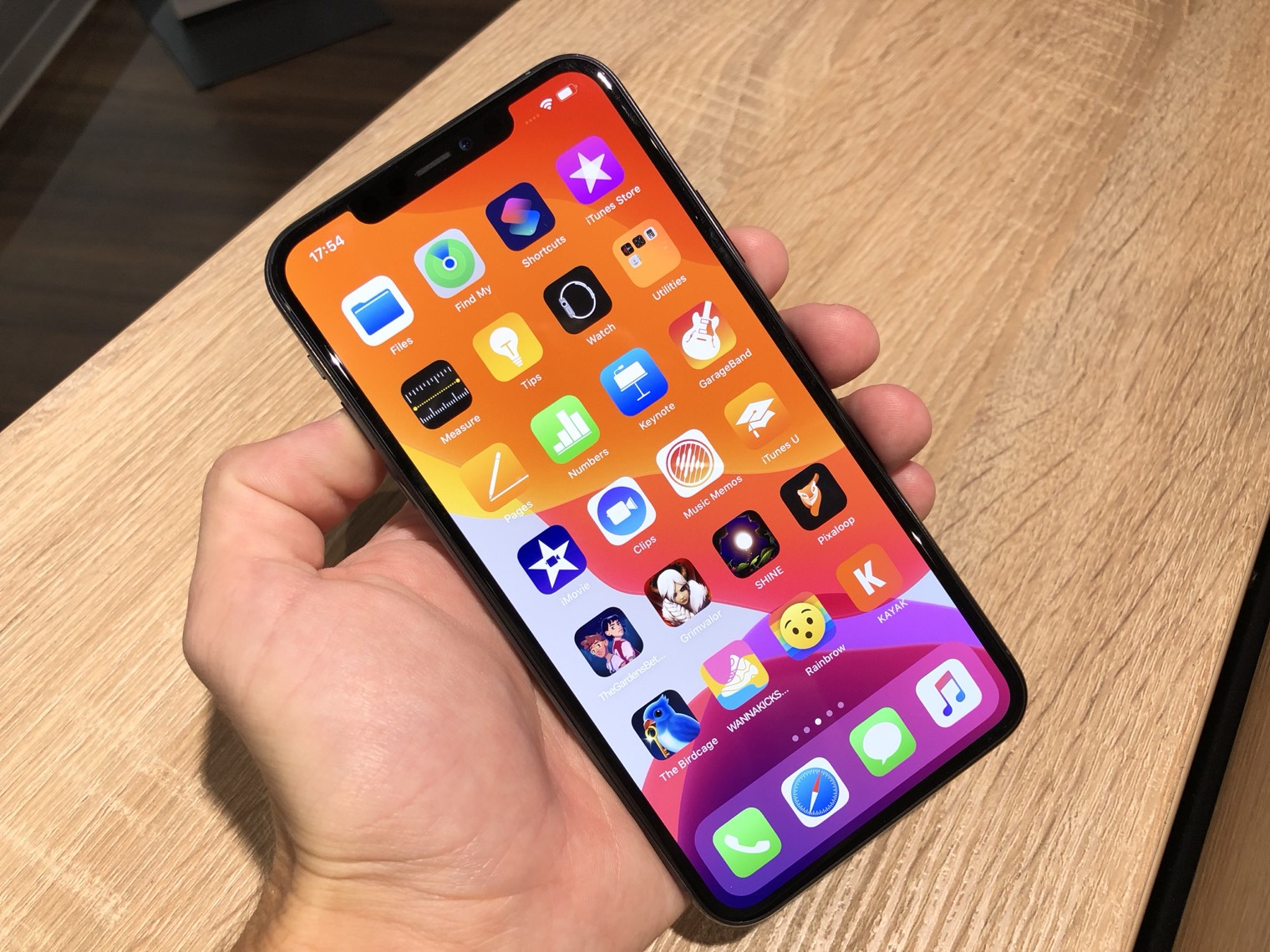
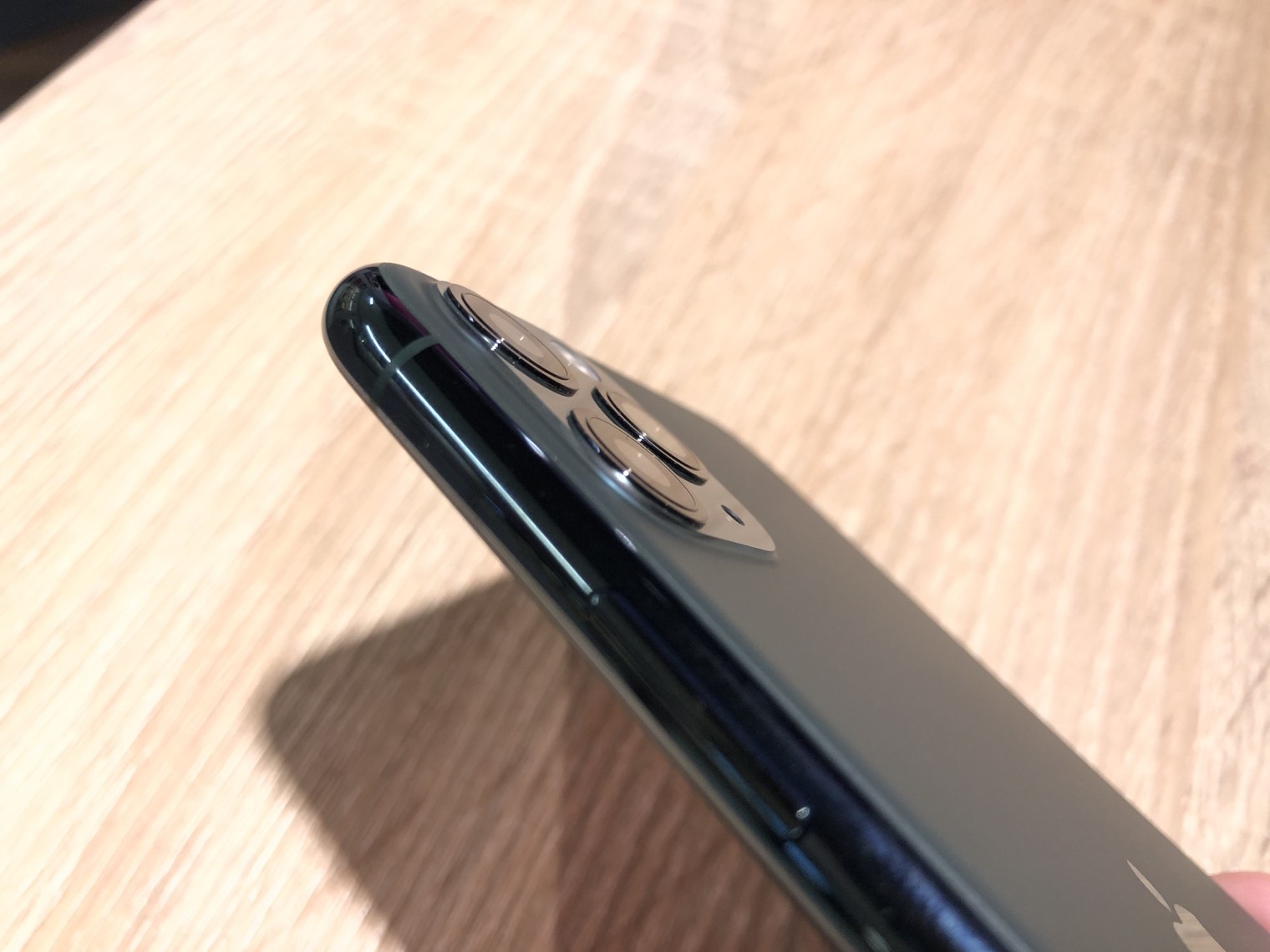


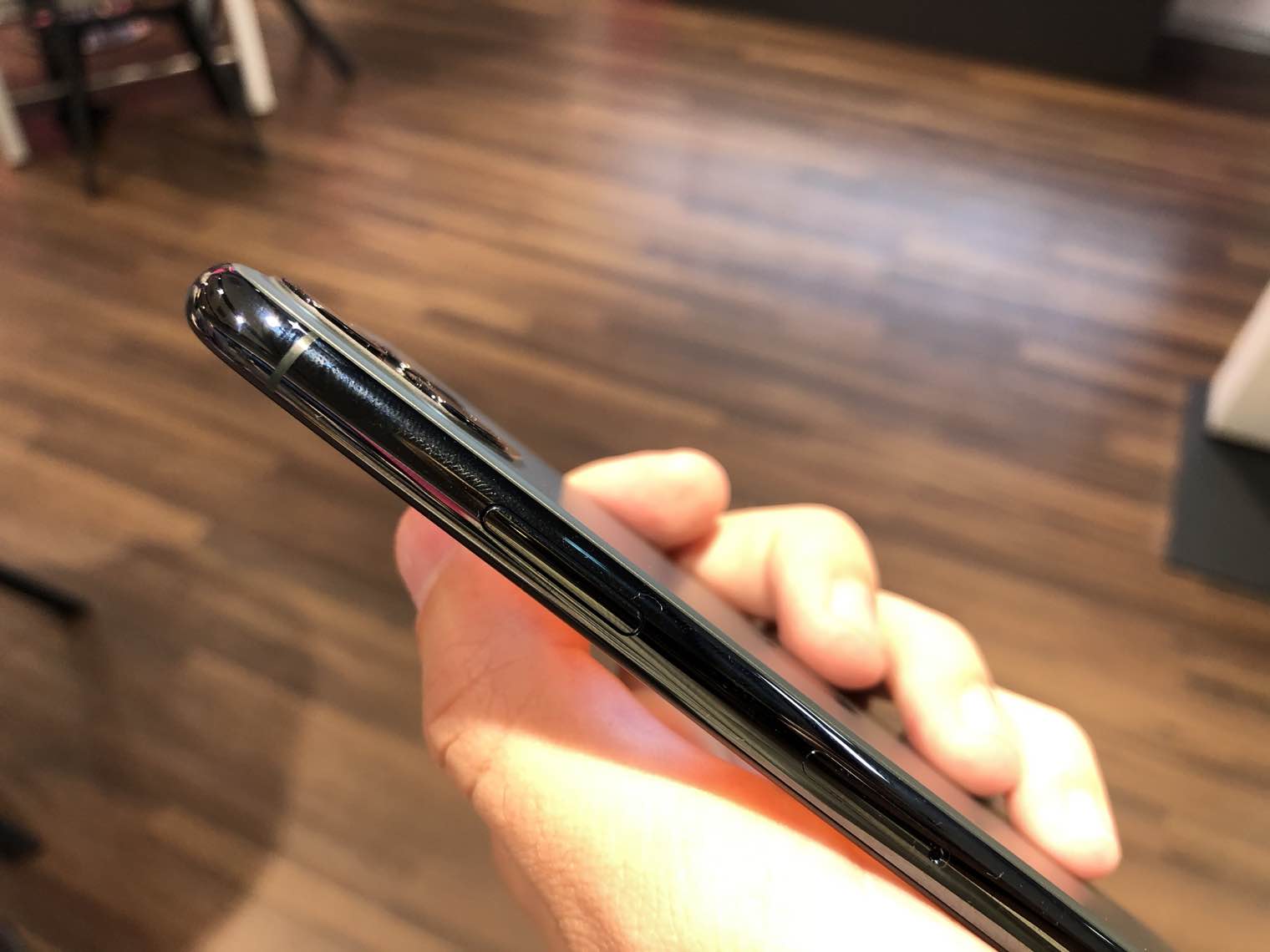
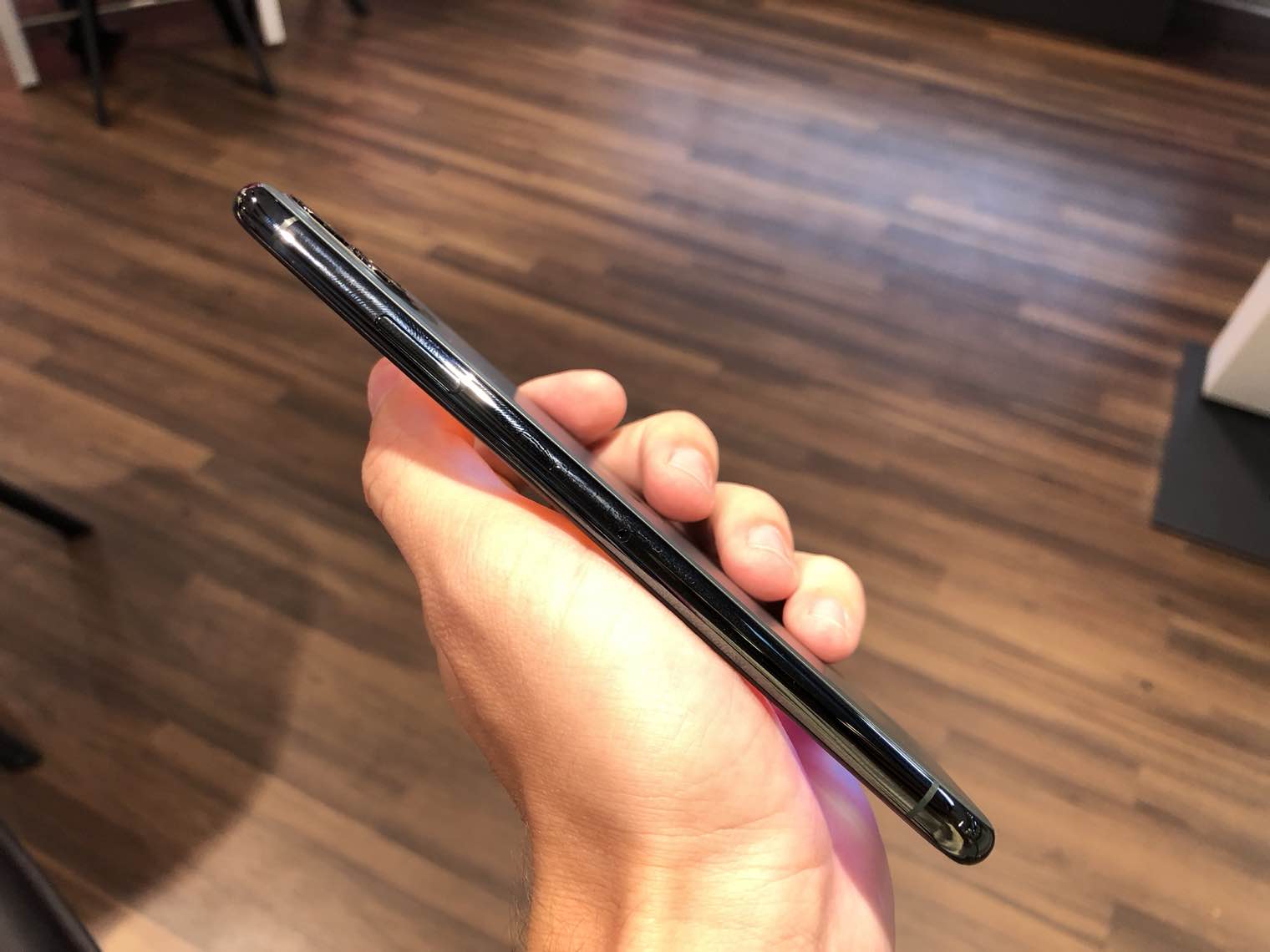
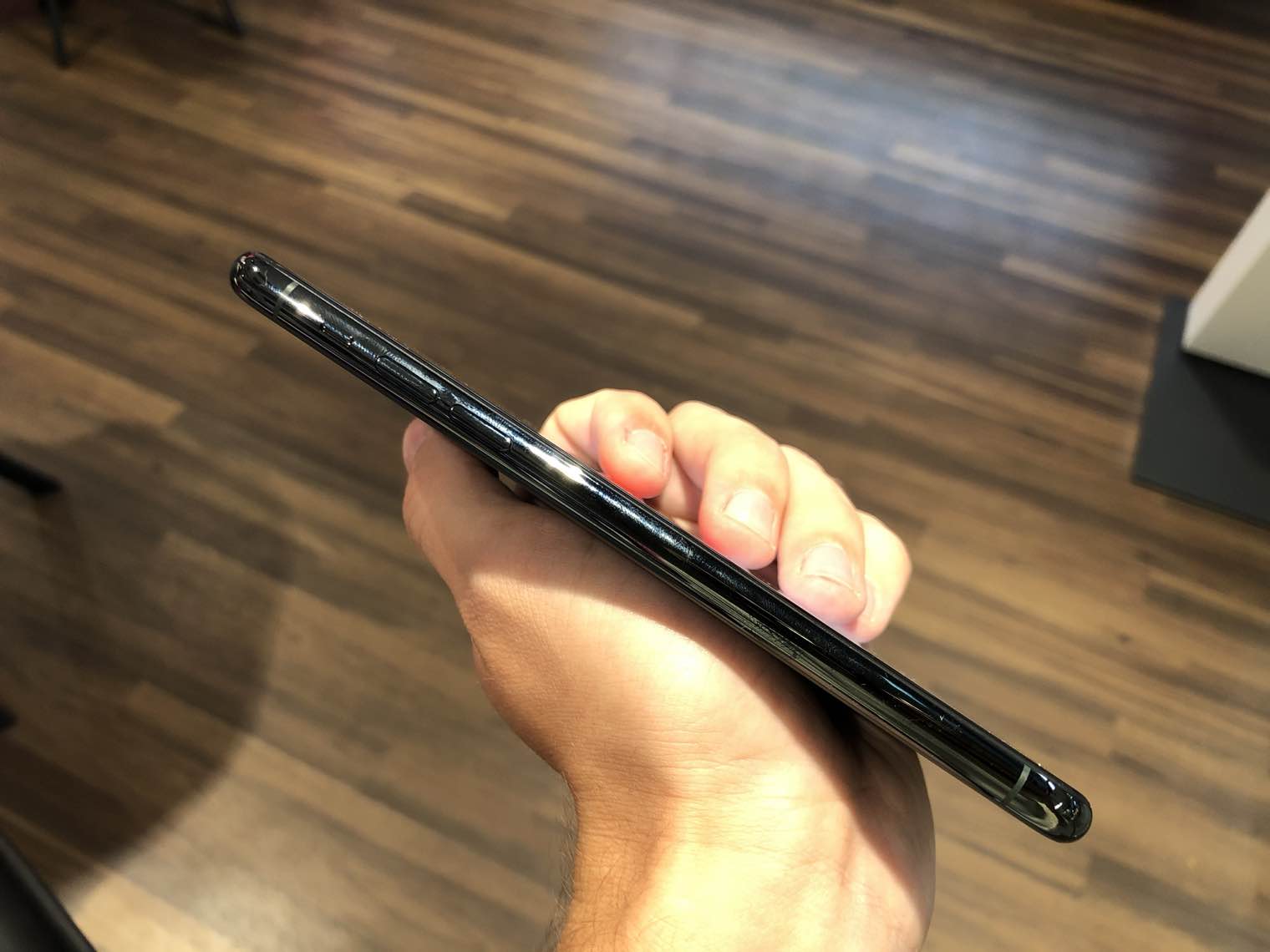



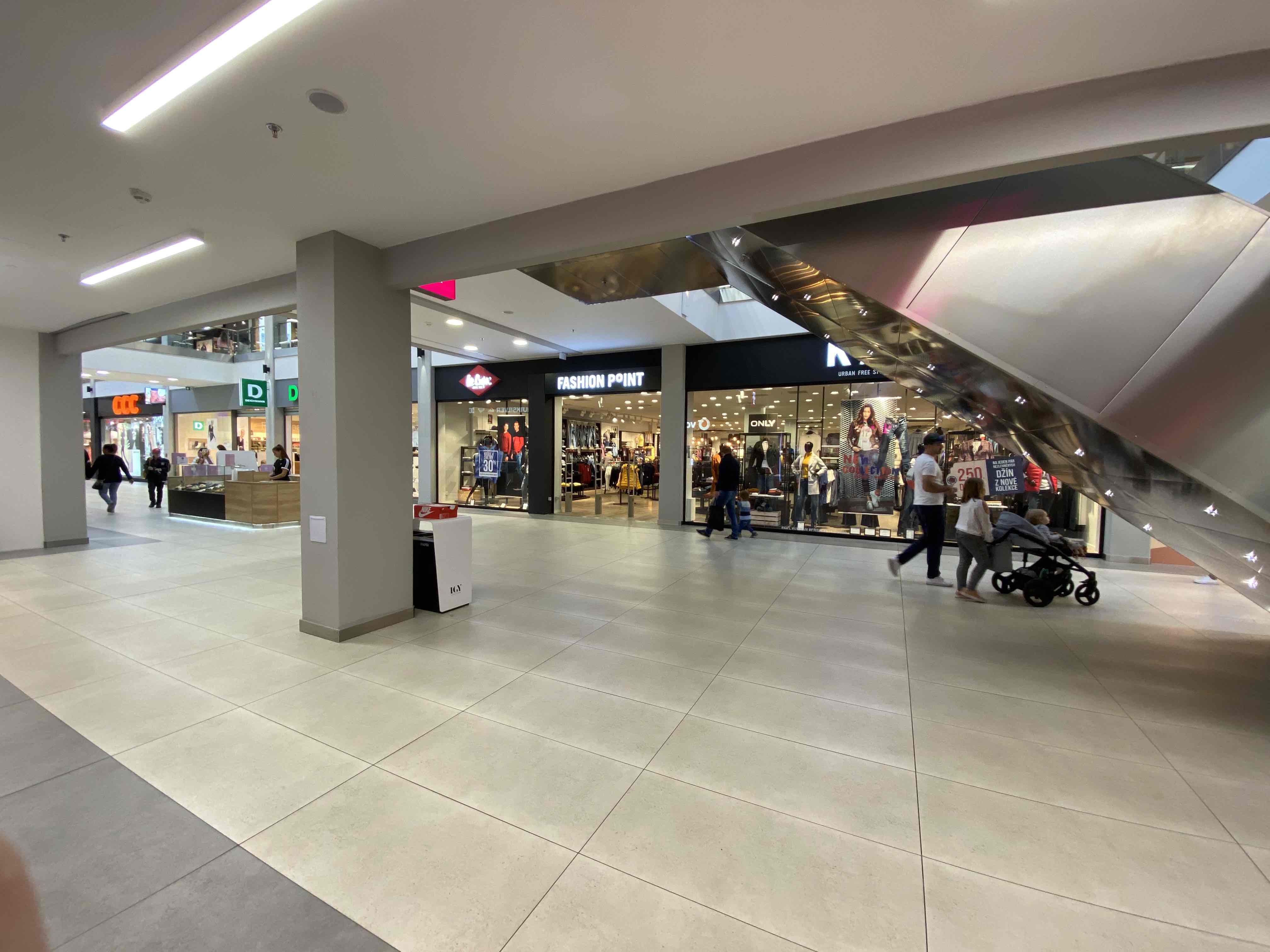
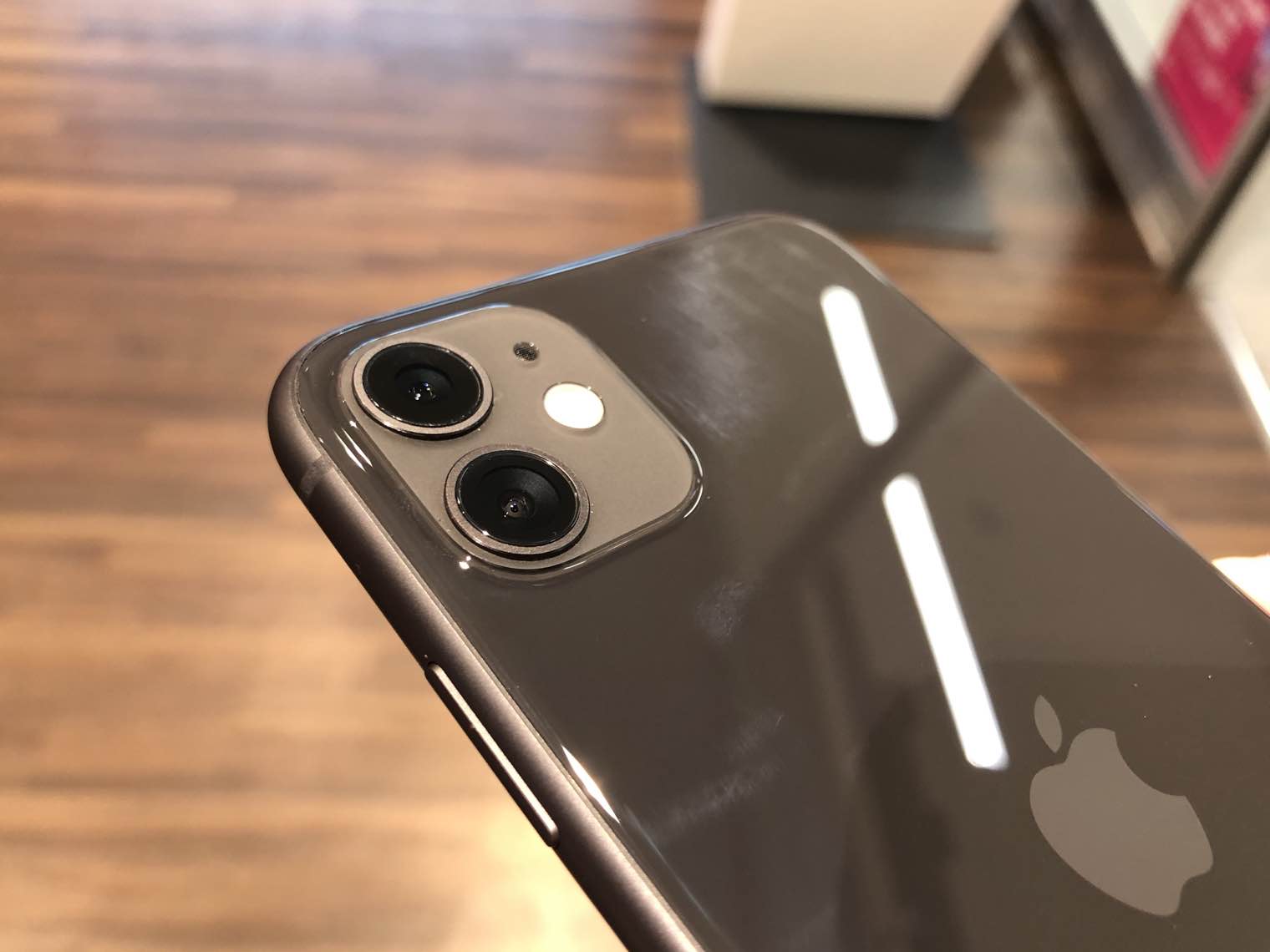
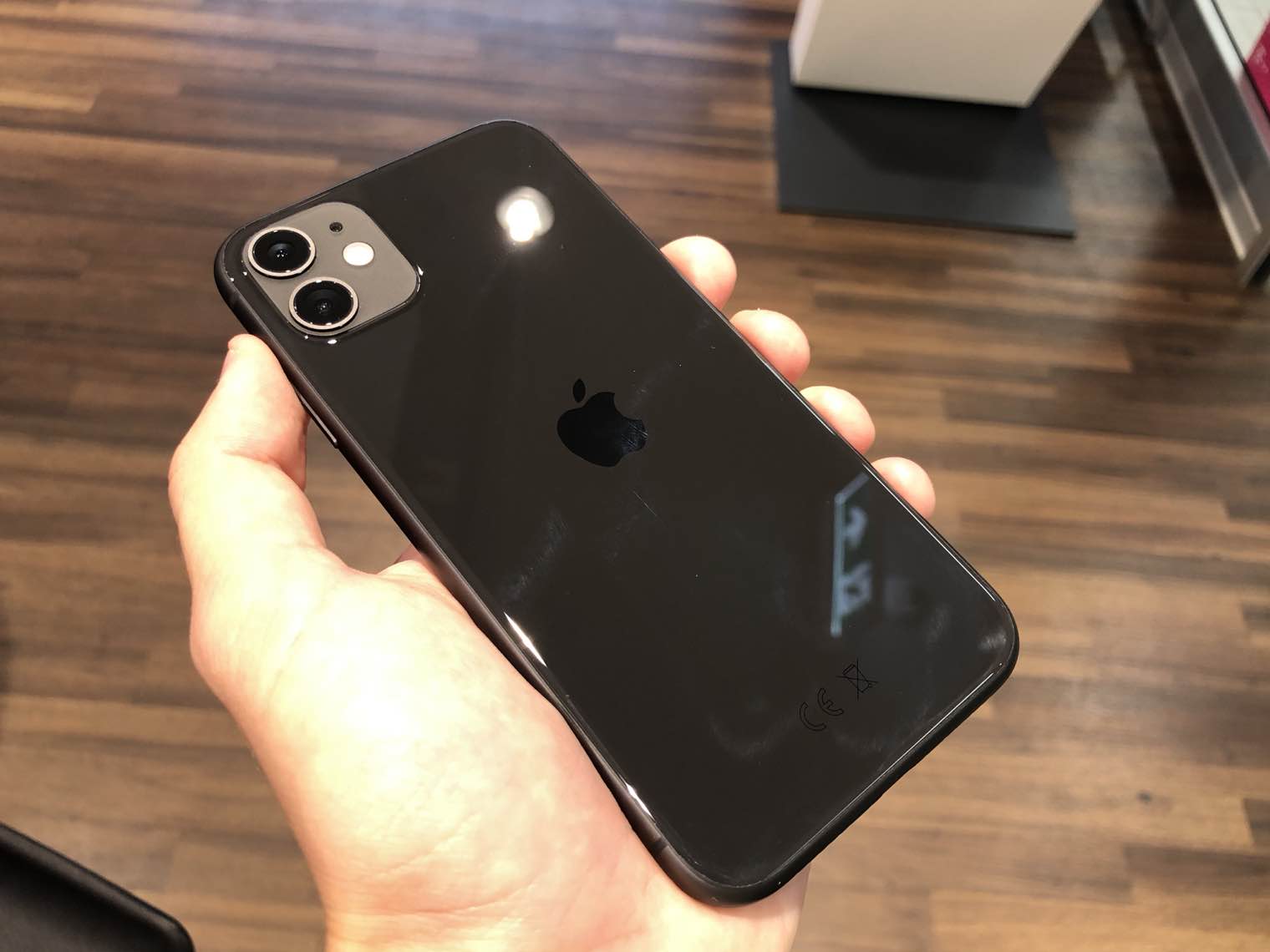
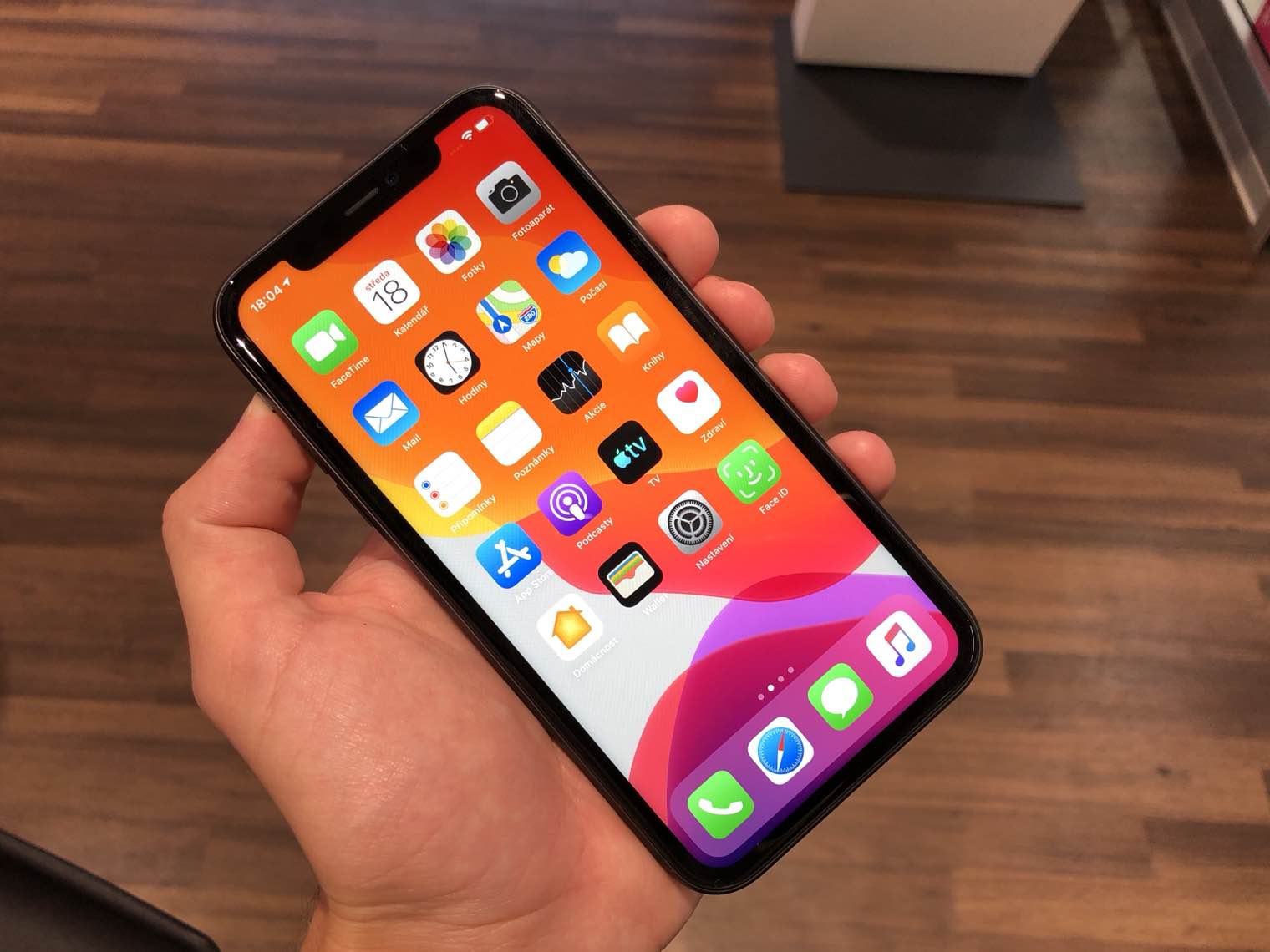
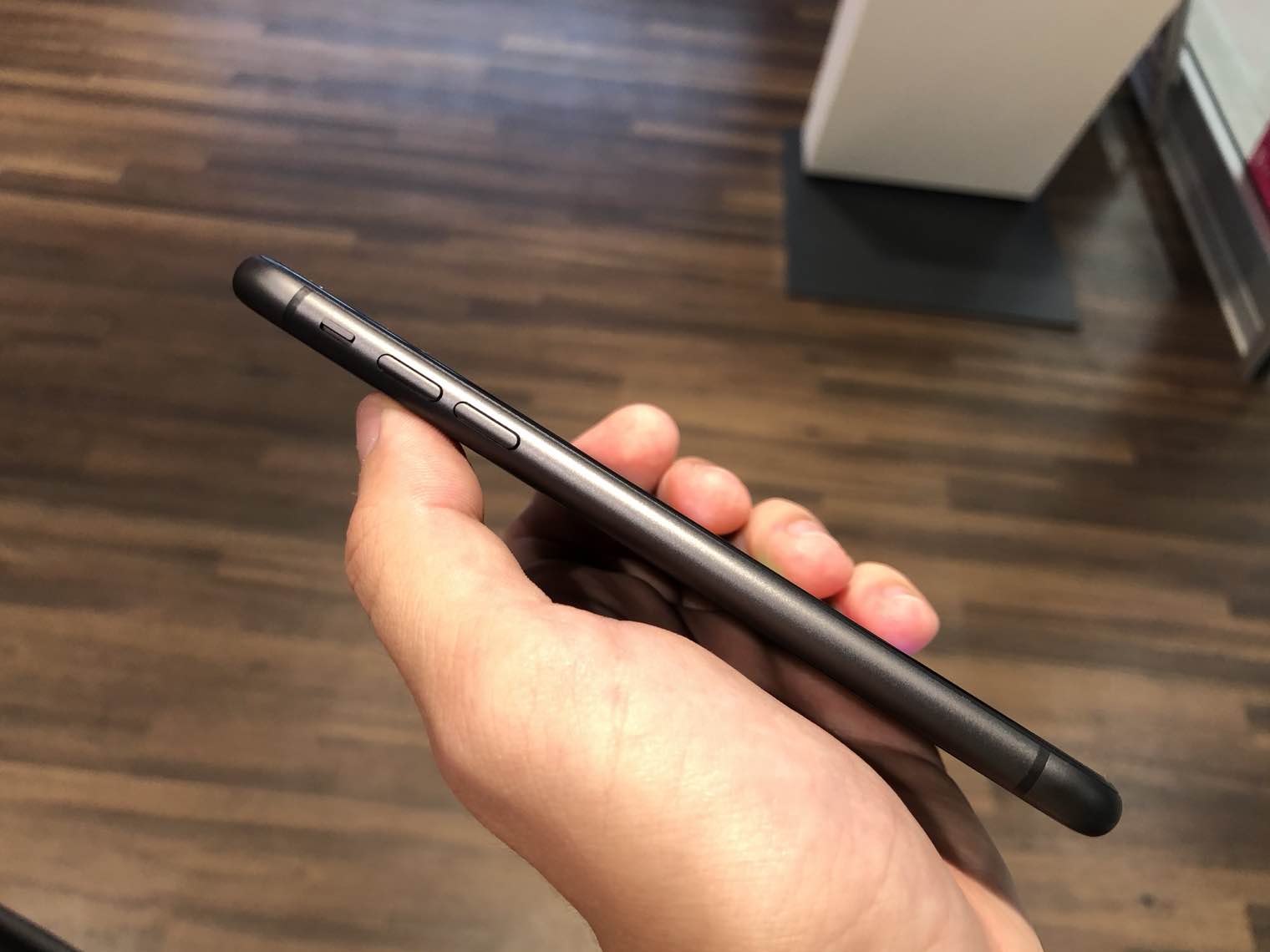
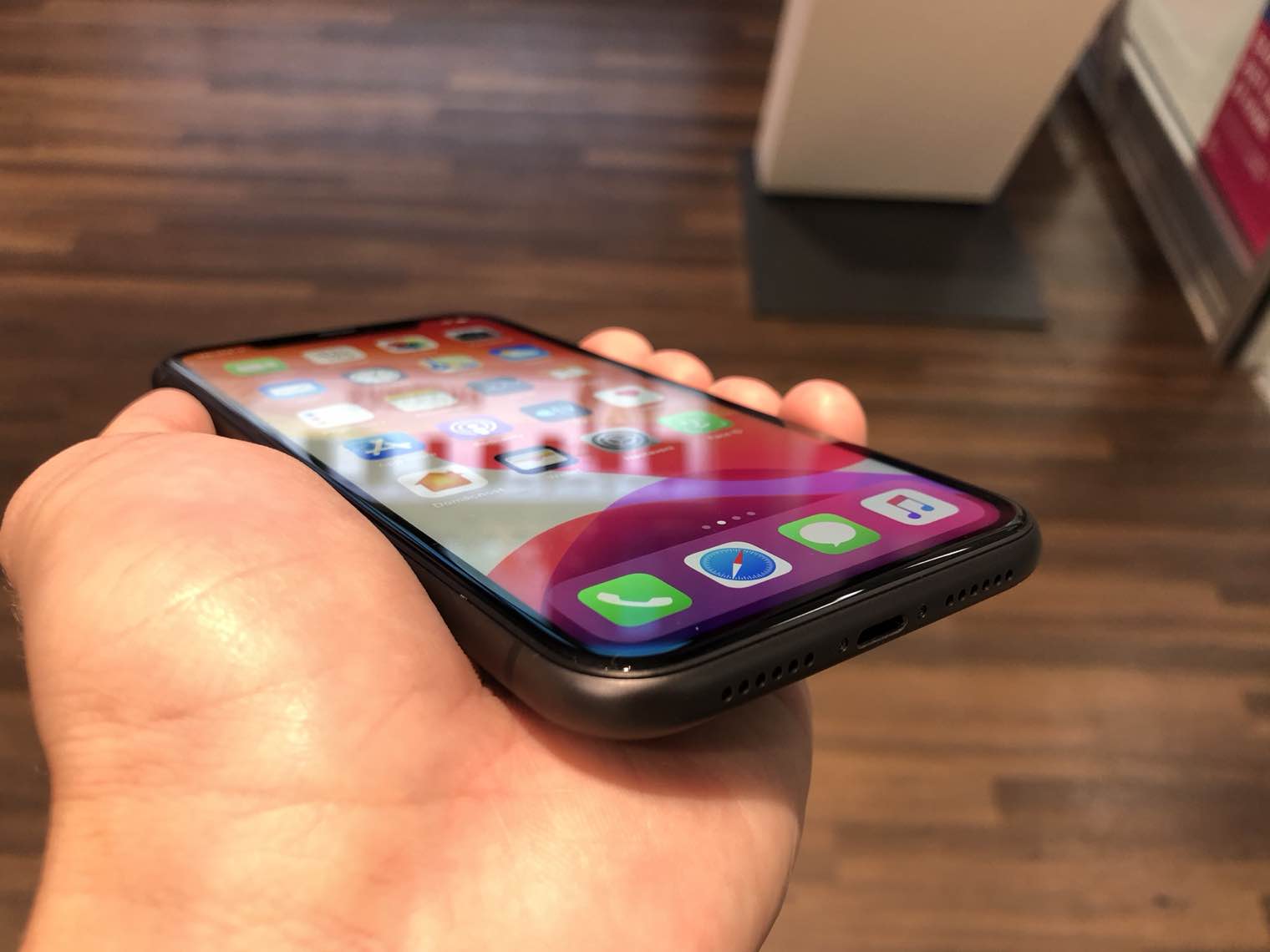
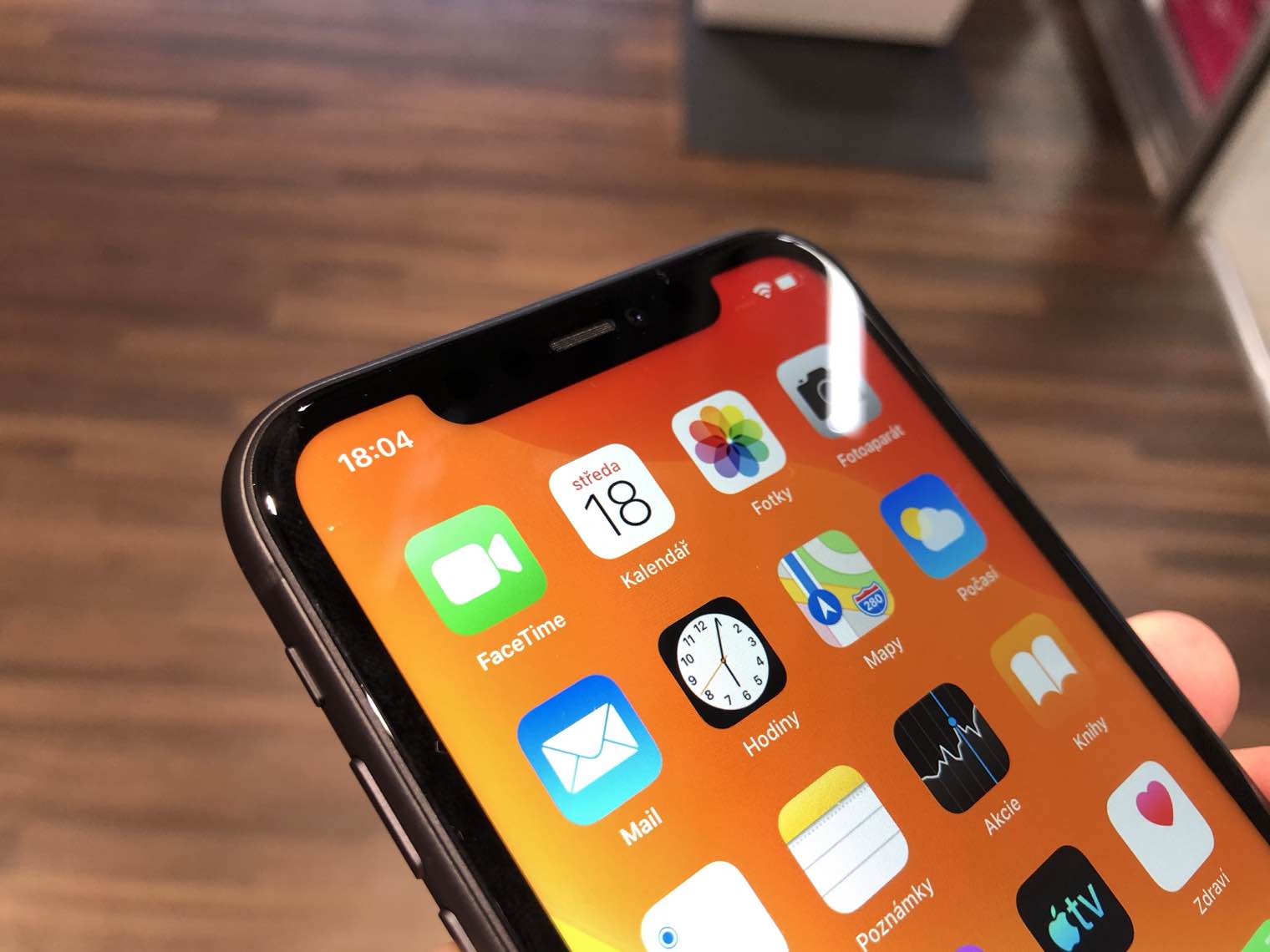


I have 11 pro max and it tells me that in the annotation of the photos it disappeared behind the "back" or is it there somewhere? In this way, a failed drawing cannot be deleted, only erased...